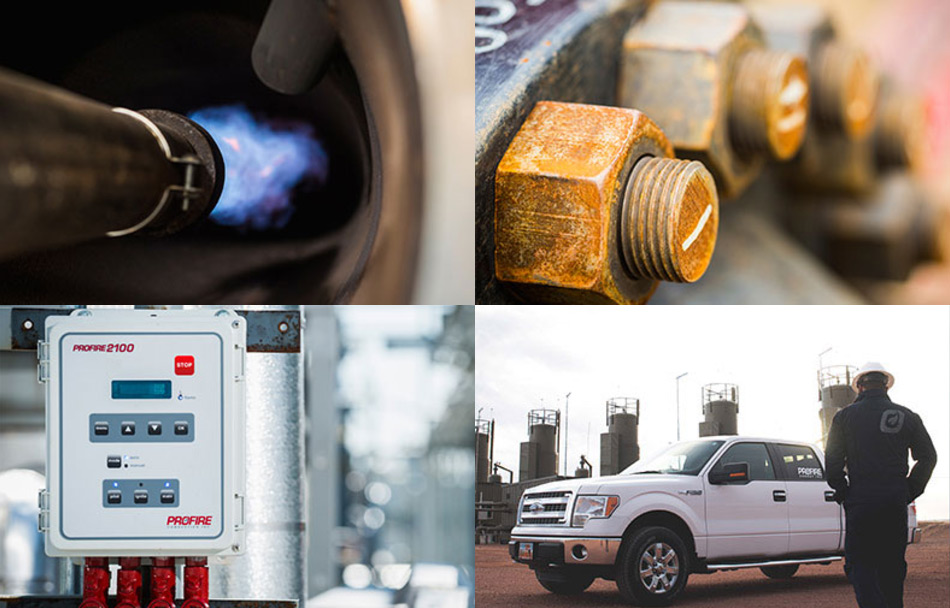- Albanian
- Arabic
- Belarusian
- Bengali
- Czech
- English
- French
- German
- Hebrew
- Hungarian
- Indonesian
- irish
- Italian
- Japanese
- kazakh
- Persian
- Russian
- Thai
- Uzbek
- Vietnamese
types of roller coaster rides
Various Types of Roller Coaster Rides
Roller coasters have long been a staple of amusement parks around the world, captivating thrill-seekers and families alike. With a rich history that dates back to the 17th century, these rides have evolved dramatically, offering a wide range of experiences that cater to diverse audiences. The types of roller coaster rides can be categorized based on their design, mechanics, and the thrills they provide. Here, we explore some of the most popular types of roller coaster rides.
1. Wooden Roller Coasters
Wooden roller coasters are often revered for their nostalgic charm and classic design. Constructed predominantly from wood, these coasters typically feature a series of hills and sharp turns, creating a smooth but thrilling experience. The structural framework allows for minor flexing, which can add to the sensation of speed and unpredictability. Famous examples include the Coney Island Cyclone and The Voyage at Holiday World. While they may lack some of the high-speed elements of modern steel coasters, wooden coasters are beloved for their airtime and unique ride feel.
2. Steel Roller Coasters
Steel roller coasters have become the standard in contemporary amusement parks due to their versatility and ability to achieve higher speeds and more complex inversions. These rides are built with steel tracks, allowing for smoother rides and a wider variety of designs. Steel coasters can incorporate loops, corkscrews, and drops that wooden coasters cannot. Notable examples include Steel Vengeance at Cedar Point and Fury 325 at Carowinds. Steel coasters cater to thrill-seekers who crave speed and adrenaline-pumping maneuvers.
Inverted roller coasters take the thrill to new heights by suspending riders below the track. This design allows for unique inversions, a sensation of weightlessness, and a different perspective of the ride. As the trains soar through loops and turns, riders dangle freely with their feet hanging in the air. Popular inverted coasters include Batman The Ride, which revolutionized the genre, and Banshee at Kings Island. These coasters prioritize intensity, providing an exhilarating experience for those brave enough to ride.
types of roller coaster rides

4. Launch Coasters
Different from traditional lift hill coasters, launch coasters use powerful motors to propel trains from a standstill to high speeds in a matter of seconds. This type of coaster offers an exciting start that can leave riders breathless. With various launch mechanisms such as magnetic, pneumatic, or linear synchronous motors, these coasters often feature multiple launches throughout the ride. Notable examples are Top Thrill Dragster and Velocity Coast at the Sahara Sam's indoor water park.
5. Dive Coasters
Dive coasters are characterized by their remarkable vertical drops, often exceeding 90 degrees. Riders experience a heart-pounding free fall before navigating through twists and turns. The anticipation builds as the train climbs to its peak, and the subsequent drop provides one of the most exhilarating feelings known in coaster design. SheiKra at Busch Gardens Tampa is a prime example, boasting an impressive drop and engaging course that keeps adrenaline levels high.
6. Wing Coasters
Wing coasters feature seats that are positioned on either side of the track, giving riders the sensation of flying. With no track above or below, riders experience a unique level of freedom as they twist and turn through the air. The design allows for breathtaking views and disorienting maneuvers. An iconic example is GateKeeper, famous for its impressive wing-over drop and thrilling inversions.
Conclusion
Roller coasters come in various shapes and styles, each offering unique thrills and experiences. From the classic wooden structures to the adrenaline-pumping steel giants, each type of coaster has its charm and excitement. Whether you prefer the nostalgia of wooden rides, the intensity of steel coasters, or innovative designs like dive and wing coasters, amusement parks around the world provide endless opportunities for adventure and fun. As technology continues to advance, we can only anticipate even more thrilling innovations in the world of roller coasters.
-
Flume Ride-Hebei Zhipao Amusement Equipment Manufacturing Co., Ltd.|Thrilling Water Attraction&Customizable DesignJul.30,2025
-
Flume Ride - Hebei Zhipao Amusement Equipment | Water Coaster, Thrilling DescentJul.30,2025
-
Flume Ride - Hebei Zhipao | Thrilling Water AttractionJul.30,2025
-
Flume Ride: Thrilling Water Attraction by Hebei Zhipao|Log Flume Manufacturers&Flume Ride DesignJul.30,2025
-
Flume Ride-Hebei Zhipao Amusement Equipment Manufacturing Co., Ltd.|Thrilling Water Coaster, Safe DesignJul.30,2025
-
Flume Ride-Hebei Zhipao Amusement Equipment Manufacturing Co., Ltd.|Thrilling Water Attraction, Safe DesignJul.30,2025
